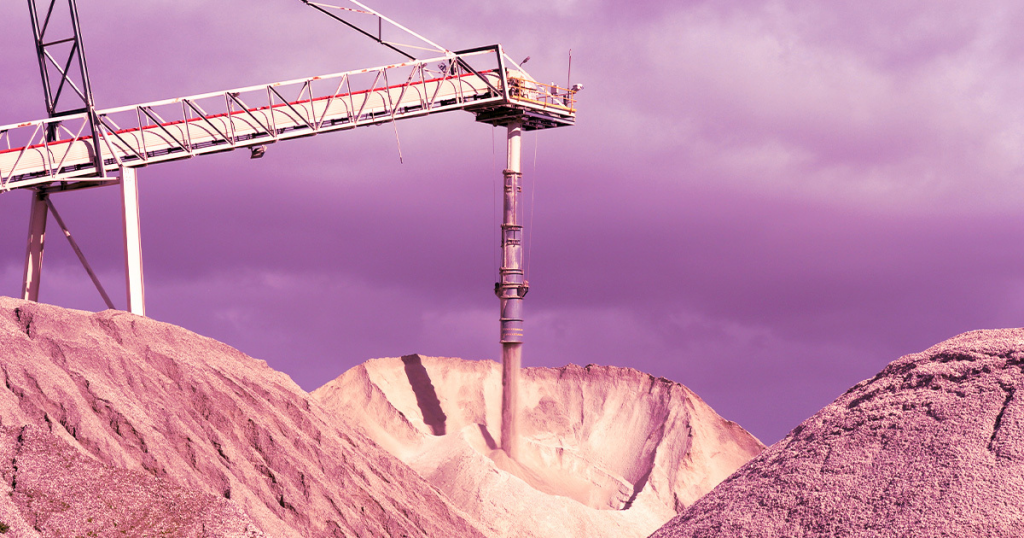A game-changing discovery in the United States could reshape the global lithium landscape and address the surging demand for this critical metal. Researchers have identified an astonishing lithium deposit along the Nevada-Oregon border that could be the largest ever found. With an estimated 20 to 40 million tonnes of lithium metal nestled within a volcanic crater that formed around 16 million years ago, this deposit dwarfs the previously largest-known lithium source beneath a Bolivian salt flat.
This remarkable find has the potential to revolutionize lithium markets, influencing prices, enhancing supply security, and even impacting geopolitics. Geologist Anouk Borst of KU Leuven University and the Royal Museum for Central Africa in Tervuren, Belgium, commented on the significance of this discovery, stating, “If you believe their back-of-the-envelope estimation, this is a very, very significant deposit of lithium.”

The analysis of this extraordinary deposit revealed that an uncommon claystone, composed mainly of the mineral illite, contains between 1.3% and 2.4% lithium. This concentration is nearly double that of the more prevalent lithium-bearing clay mineral, magnesium smectite. The unique geological conditions in the McDermitt caldera, formed during a massive volcanic explosion, led to the creation of this exceptionally rich lithium deposit.
The caldera, initially filled with volcanic materials rich in lithium, sodium, potassium, chlorine, and boron, later transformed into crystalline volcanic rock, ignimbrite, which eventually weathered into lithium-rich particles. Subsequently, a lake formed within the crater, preserving clay-rich sediments that were later exposed to hot, alkaline brine, rich in lithium and potassium.
Thomas Benson of Lithium Americas Corporation proposed a fascinating multistep alteration process where smectite clays were transformed into illite due to hydrothermal fluids, ultimately resulting in a lithium-rich claystone. This material, despite its unremarkable appearance, has attracted attention due to its incredibly high lithium content.

With the potential to begin mining operations in 2026, Benson’s team plans to extract lithium by removing clay with water, separating small lithium-bearing grains from larger minerals through centrifuging, and leaching the clay in sulfuric acid to extract lithium. This efficient process could significantly reduce energy consumption and acid usage.
This discovery opens up new possibilities for the United States to establish a domestic supply of lithium, reducing concerns about supply shortages in various industries. As we move toward a more sustainable and electrified future, lithium will play a pivotal role, and the newfound deposit along the Nevada-Oregon border may well become a cornerstone in meeting global lithium demands.


